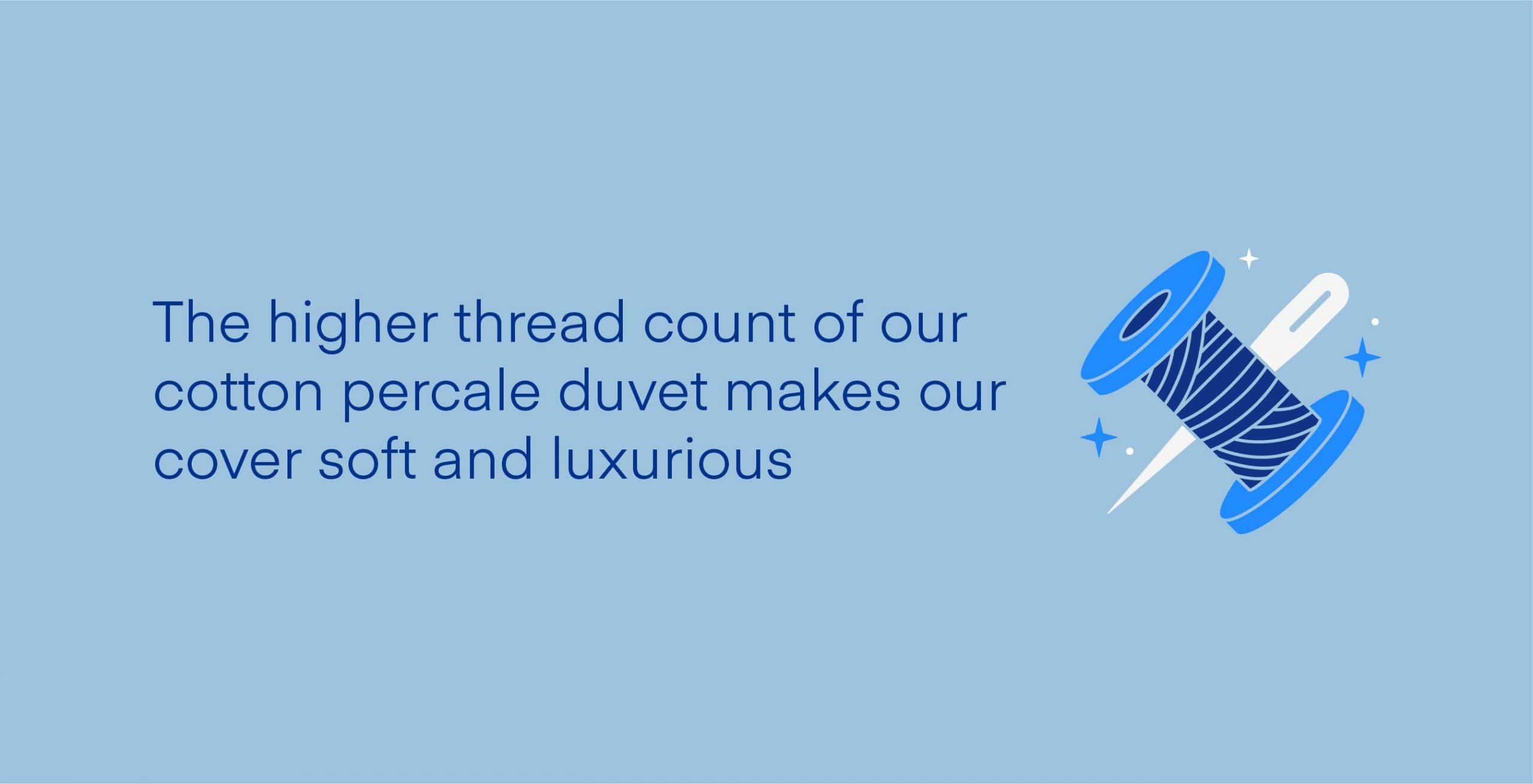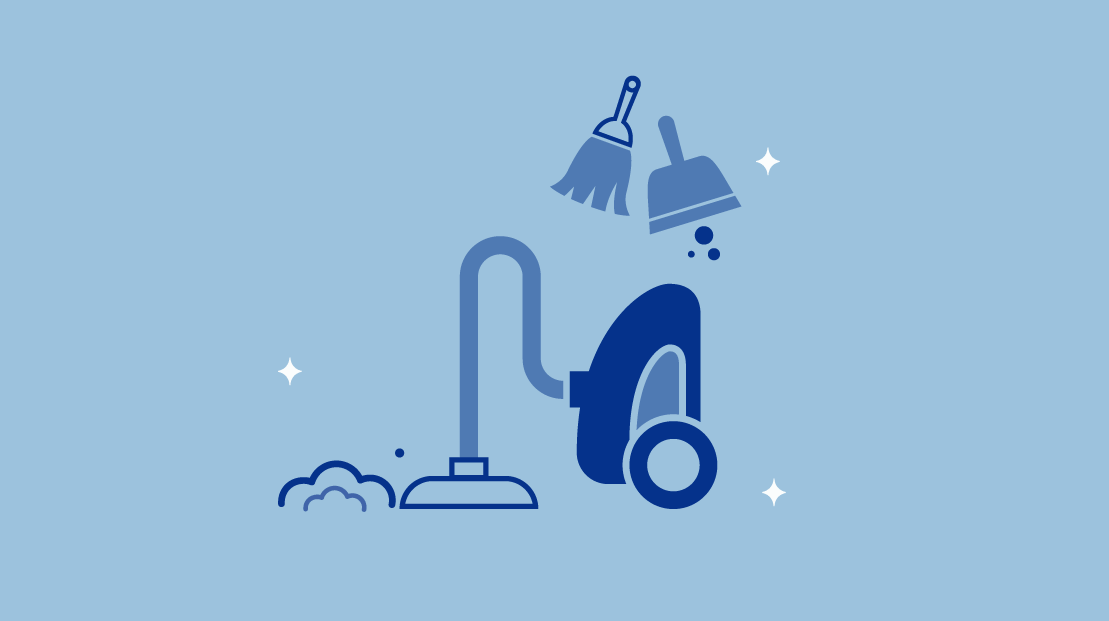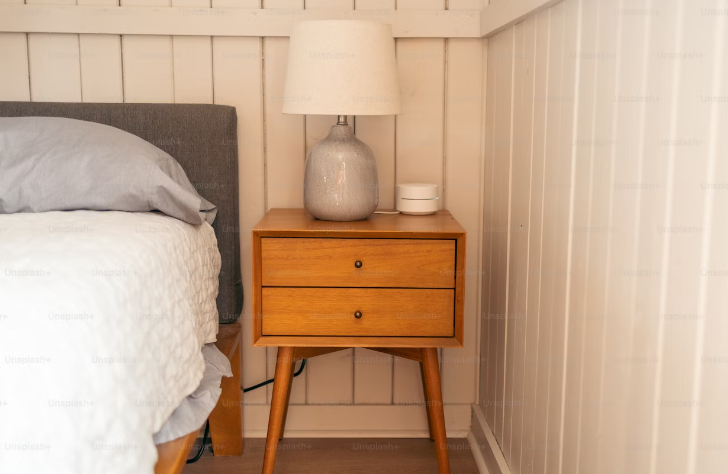Key Takeaways
- Purpose of a Duvet Cover: Duvet covers are essential for keeping your bedding protected from body oils, sweat, and germs, and they offer the advantage of changing the look of your bed easily. They encase duvets or comforters, providing a protective layer that is easy to clean.
- How to Choose a Cover: When choosing a duvet cover, consider factors like the material, thread count, maintenance requirements, size compatibility with your comforter, and cost to ensure a comfortable and functional addition to your bedding.
- Cleaning a Duvet Cover: Proper maintenance is essential to keep your duvet cover germ-free and in good condition. Most duvet covers can be machine-washed, but always check the care label for specific instructions, especially if the cover is made of delicate materials like silk.
No matter what type of bedding you use, it is important to keep it protected from body oils, sweat, and germs. While your top sheet can keep your comforter clean, a duvet cover may work even better. Below, we explain what a duvet cover is and how to shop for one that fits your needs.
Duvets vs. Comforters
Before we explain what a duvet cover is, it’s helpful first to understand the difference between duvets and comforters. Both sit on top of the bed and are designed to keep you warm during the colder months and cool during the warmer months. Each one consists of a large fabric casing that is filled with various materials.
The word “duvet” is French for down, which makes sense considering that down is the traditional filling for a duvet. Down can come from both geese and ducks and is the soft plumage found under the wings. Most down fillings are made with down feathers and fiber clusters that give this bedding a fluffy feel. The casing or shell of a duvet is typically made of cotton or a cotton-poly blend.
This casing is also usually white since duvets are typically paired with a duvet cover, making a duvet look like a coverlet.
Comforters tend to be thinner and have less fill than duvets. The filling of a comforter can be made with several different materials, such as down, cotton, polyester, or a down alternative. Comforters do not need a cover and tend to have a finished look on their own. A flat sheet is typically used as the protective layer between your body and the bedding.
However, comforters can also be paired with a duvet cover to keep it clean and in good repair. Comforters are available in a wide variety of colors and prints, letting you choose the best colors for the bedroom. Some also come quilted in various patterns that keep the filling spread evenly throughout the blanket.
What is a Duvet Cover?
A duvet cover is a soft flat bag or case that slips over the duvet or the comforter, similar to a pillowcase. This removable cover is open on one end and typically has a button or zipper closure. Many covers also have ties sewn into the interior to hold the duvet insert or comforter in place and keep it from sliding around.
Both comforters and duvets can benefit from this protective layer. A duvet cover will keep your bedding germ-free and prevent wear and tear. Plus, you can easily change the look of your bed by swapping out the cover, and you may even want to pair it with a coverlet.
Our Amerisleep Percale Duvet Cover Set
We design our Amerisleep Percale Duvet Cover Set to complement our Recover+ Comforter. Each set includes the cover and two pillow shams, both the cover and shams have a breathable 300 thread count and are made with pill-resistant 100 percent long-staple percale cotton.
The higher thread count cotton makes our cover soft and luxurious. The durable percale cotton weave gives it a smooth, crisp feel that you will find inviting at the end of a long day.
Since percale cotton tends to wrinkle, we use a single-pick insertion to reduce wrinkling and improve the look and feel of the material. The opening of our cover features a zipper enclosure with a flange edge that keeps it hidden from view. Corner ties in the cover’s interior attach to your comforter to prevent bunching.
Our Percale Duvet Cover Set comes with free shipping and a 5-year limited warranty to ensure you are happy with the quality and construction of your new duvet cover.

Prices of our Amerisleep Percale Duvet Cover Set
| Duvet Cover Size | Price |
|---|---|
| Queen | $140 |
| King | $150 |
How To Choose a Duvet Cover That is Right For You
There are several different styles of duvet covers on the market. To help you make the right choice, we recommend keeping the following points in mind as you shop.
Materials
Like most bedding, duvet covers come in many different fabrics. Cotton, polyester, or a blend of the two tend to be the most common. Covers made with natural fibers are more breathable than those made with synthetic materials.
Your new duvet cover should complement the airiness of your bedding and keep you cool throughout the night, particularly if you’re considering using your duvet cover as a bedspread in the warmer months.
Thread Count
A material’s thread count refers to the number of threads per square inch. For example, if there are 100 threads lengthwise and 100 threads widthwise, the fabric has a thread count of 200. This number is generally an indication of the material’s softness and durability. However, a higher thread count will not matter if the material is made with short, low-quality thread.
We recommend a duvet cover made with a 300 to 400 thread count cotton—preferably 100 percent long-staple cotton. A durable construction, such as a sateen or percale weave, will also improve the material’s quality and comfort.
Maintenance
Most duvet covers, especially those made with 100 percent cotton, can be cleaned in your home washing machine. However, it is always a good idea to read the care instruction label carefully. Covers made with silk, or other delicate materials may require dry cleaning.
You should be similarly careful when washing a duvet, as some are machine washable and others are dry-clean only.
Size
Duvet covers are designed to fit the standard mattress sizes—twin, twin XL, full, queen, king, and California king. In the United States, these mattress dimensions are standard. However, comforter sizes are not. For example, a queen size mattress measures 60 inches wide by 80 inches long. A queen size comforter can measure anywhere between 86 to 88 inches wide, and 96 to 100 inches long. Therefore, it is a good idea to measure your comforter before purchasing a duvet cover.
To do this, lay your comforter or duvet on the bed and measure the width and length. If possible, purchase a duvet cover that is the exact size of your comforter. If you can’t find the exact size, opt for one that is 2 inches shorter in both length and width. This will create a snug fit and keep the comforter from moving around inside the cover.
Cost
A high-quality duvet will cost between $50 and $150, depending on the cover’s size. Those made with extra-long-staple cottons, such as Egyptian or Pima, or those with organic certifications may cost slightly more.
Frequently Asked Questions
Is a duvet cover a blanket?
No. The duvet itself is a blanket, but the duvet cover is not designed to be used on its own. Duvet covers are a large bag made of fabric that the duvet insert or comforter slips into. These covers act as a large pillowcase for your comforter.
How do I make my duvet or comforter fluffier?
If you would like to fluff up your duvet insert or comforter, you can place it in the dryer on a low heat setting. Place two wool dryer balls or clean tennis balls in the machine with your bedding. This will help revive the material and break up any clumping in the filling.
What is the best duvet cover material?
Cotton tends to be the best material for a duvet cover. This fabric is durable, soft, and breathable, so heat and moisture don’t become trapped and cause overheating. We recommend cotton with at least a 200 thread count and long staple or extra-long staple fibers.
What is a duvet set?
A “duvet set” typically includes a duvet (the fluffy blanket insert), the duvet cover, and two pillow shams that match the cover. However, a “duvet cover set” usually includes the duvet cover and two matching pillow shams.
What are the disadvantages of duvet covers?
The only drawback of using a duvet cover is that the comforter may slide around inside the cover, causing bunching. Therefore, we recommend purchasing a cover with interior ties that secure the insert and keep it from moving. A cover that is roughly 2 inches shorter in both length and width than your comforter can also prevent sliding.
Conclusion
We spend about a third of our lives sleeping, so it is essential we have a comfortable and inviting sleep space to retire to each night. Believe it or not, your bed covers play a significant role in your ability to relax and find a good night’s sleep.
Therefore, be sure to choose materials that feel soothing to the touch and have a light, airy feel. The right bedding will help you immediately relax and keep you cozy, yet cool throughout the night.
About the author
Sanchita Sen is a full-time writer focusing on the sleep health and mattress industry. She is a former journalist who has written numerous articles on the healthcare sector. Some of the topics she has covered include how to lucid dream, fever dreams, melatonin for sleep, and best gel memory foam mattress. Sanchita holds a Master of Arts in Communications from Convergence Institute of Mass Media and Information Technology Studies. She is also a published author, who seeks inspiration from both real life and the world of fiction.
View all posts





